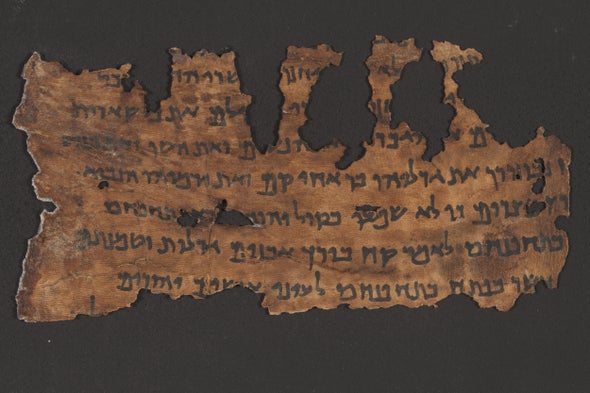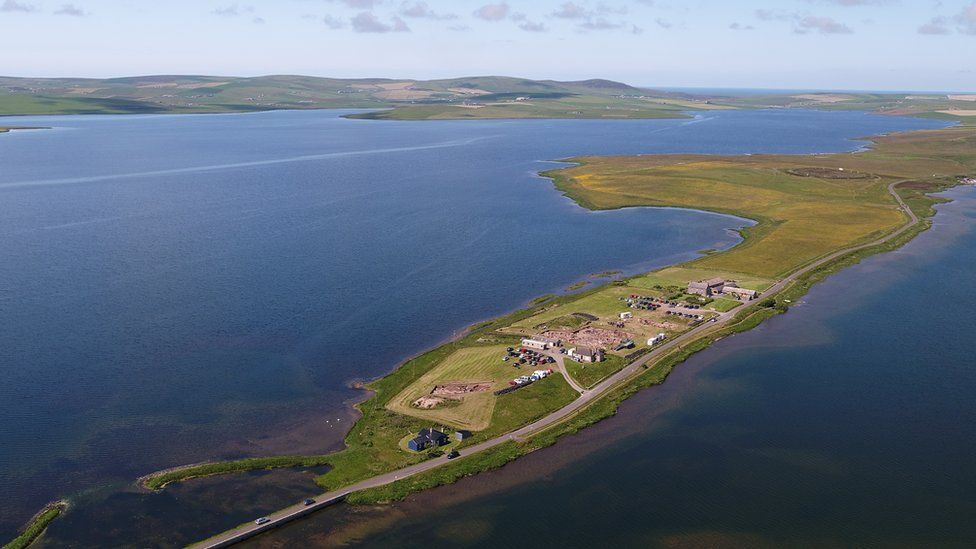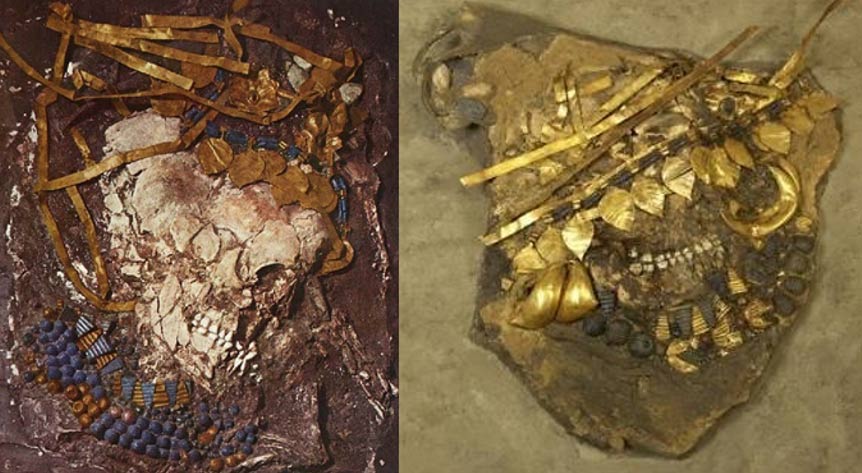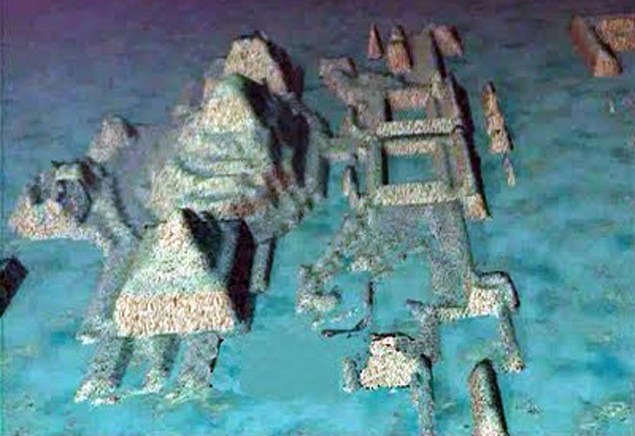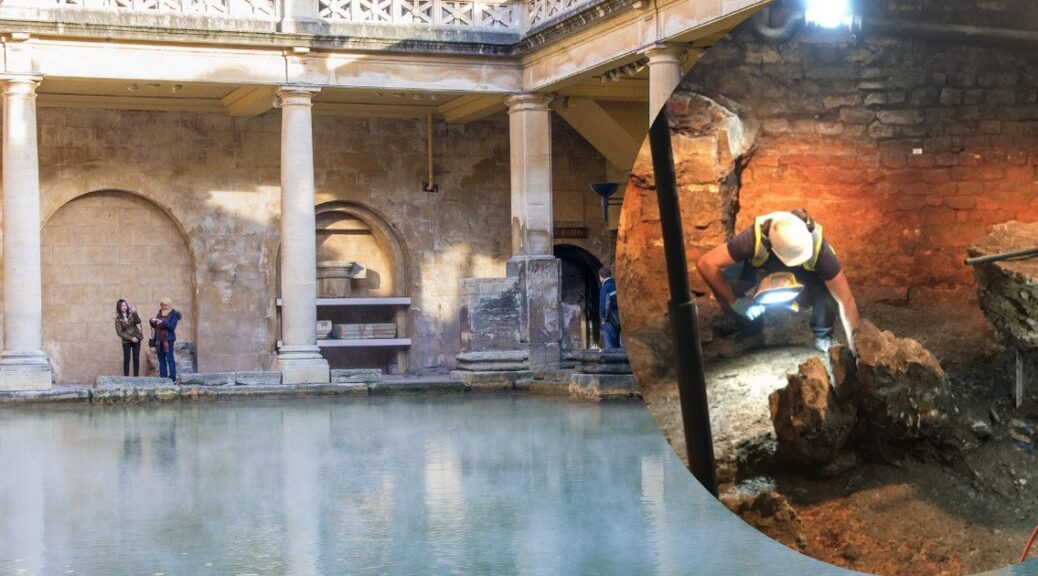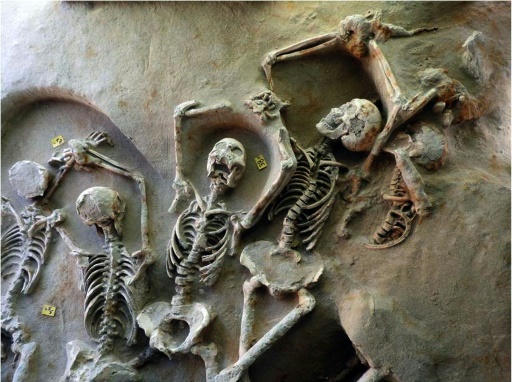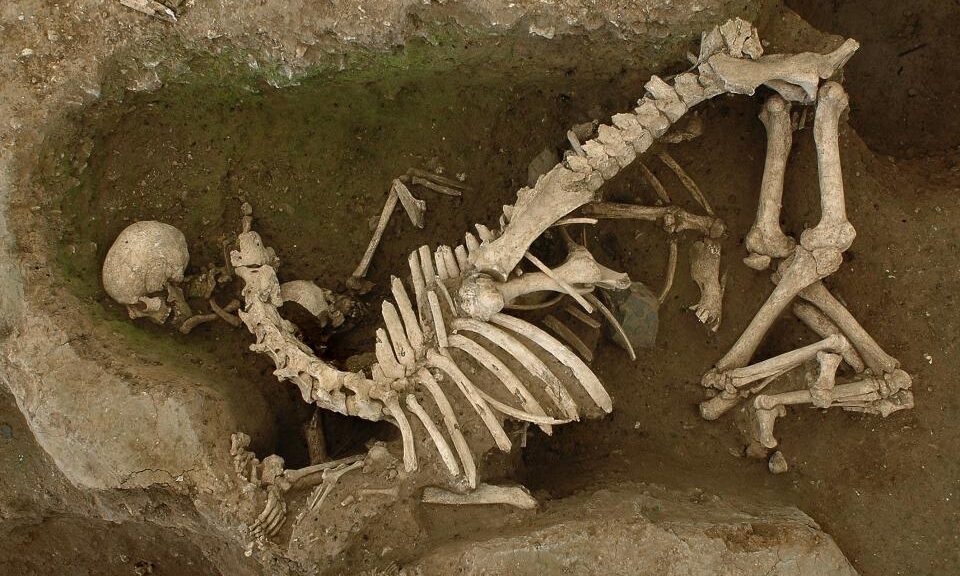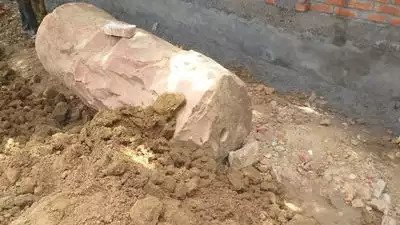The Dead Sea Scrolls contain genetic clues to their origins

The Dead Sea Scrolls’ genetic analysis of leather helped to place various fragments in new historical contexts. The Dead Sea scrolls consist of a collection of approximately 1,000 ancient manuscripts, including the earliest edition of the Hebrew Bible in the cave of the Judean Desert.

However, because the manuscripts were uncovered in fragments, it was impossible to piece them together to interpret the texts properly. The question is exacerbated by the fact that many scrolls were not obtained directly from scholars from the Qumran caves, but from antiquities dealers.
“Oded Rechavi of Tel Aviv University, one of the study’s corresponding authors, said: ‘ The discovery of the 2000 years old Dead Sea scrolls was one of the primary archeological findings ever made. ‘
However, he added, “most of them were not found intact but rather disintegrated into thousands of fragments, which had to be sorted and pieced together. … Depending on the classification of each fragment, the interpretation of any given text could change dramatically.”
To sort out how different fragments of text are related to one another as well as to place them into the larger historical context, Rechavi and his colleagues analyzed ancient animal DNA isolated from the scrolls. As they reported in Cell on Tuesday, this allowed them to refine the relationships between different scroll fragments.
They obtained DNA samples from 26 Dead Sea Scroll fragments in consultation with conservators from the Israel Antiquities Authority and DNA samples from a dozen other objects like waterskins that were found alongside the scrolls.
They extracted the ancient DNA for deep sequencing and conducted Blast, phylogenetic, and other analyses to uncover the source of the materials used for the scrolls.
Through their analysis of this ancient DNA, the researchers found that all the Dead Sea Scrolls, save two, were made from sheep skin. The remaining two scrolls, both containing fragments of text from the biblical Book of Jeremiah, were made from cow skin.
The relationship between the various fragments of text from Jeremiah has been unclear. For instance, three fragments, dubbed 4Q71, 4Q72a, and 4Q72b, were originally thought to be from the same scroll, but an analysis of the text suggested otherwise and they have been published as distinct manuscripts.
Through their ancient DNA and additional mitochondrial DNA analysis, the researchers found that 4Q72b was made of cow skin, while 4Q71 and 4Q72a were made of sheep skin, providing further evidence that 4Q72b is not related to 4Q71 or 4Q72a.
The sheep used to make 4Q71 and 4Q72a, meanwhile, exhibited only low relatedness.
Additionally, as cows couldn’t be raised in the Judean desert and as there was no evidence of cow skin processing in Qumran, the researchers surmised that text written on those scrolls had to originate elsewhere. This indicates that different versions of the same book circulated at the same time, they noted.
“This teaches us about the way this prophetic text was read at the time and also holds clues to the process of the text’s evolution,” Rechavi added.
The Dead Sea Scrolls also include non-biblical texts, such as multiple copies of the Songs of the Sabbath Sacrifice, a literary, liturgical work.

Different copies of the text found in various Qumran caves were made using skin from related sheep, the researchers found, while a version found in Masada came from a genetically distinct sheep, suggesting the text may also have been in wide circulation.
The researchers noted that their analysis was only of a portion of the Dead Sea Scrolls. And while the genetic data they amassed can inform how scholars interpret the texts, they wrote, it can only “reveal part of the picture and not solve all of the mysteries.”
